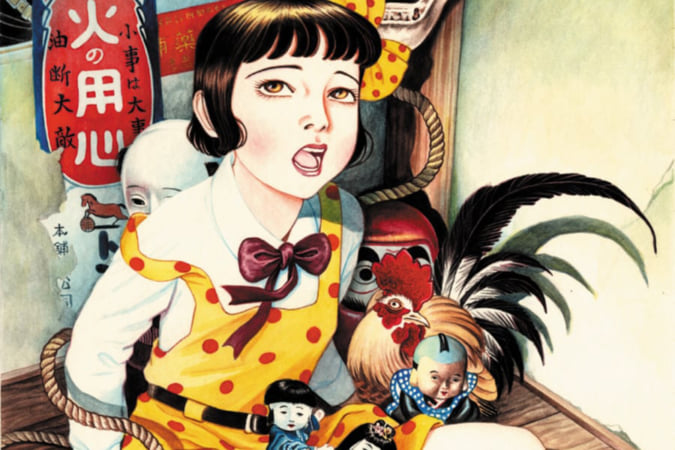Yes Yes, SOU · SOU Is Making its Mark on the Kyoto Fashion Scene
Since 2002, the Kyoto-based brand has been revisiting traditional Japanese garments through the addition of colourful motifs.
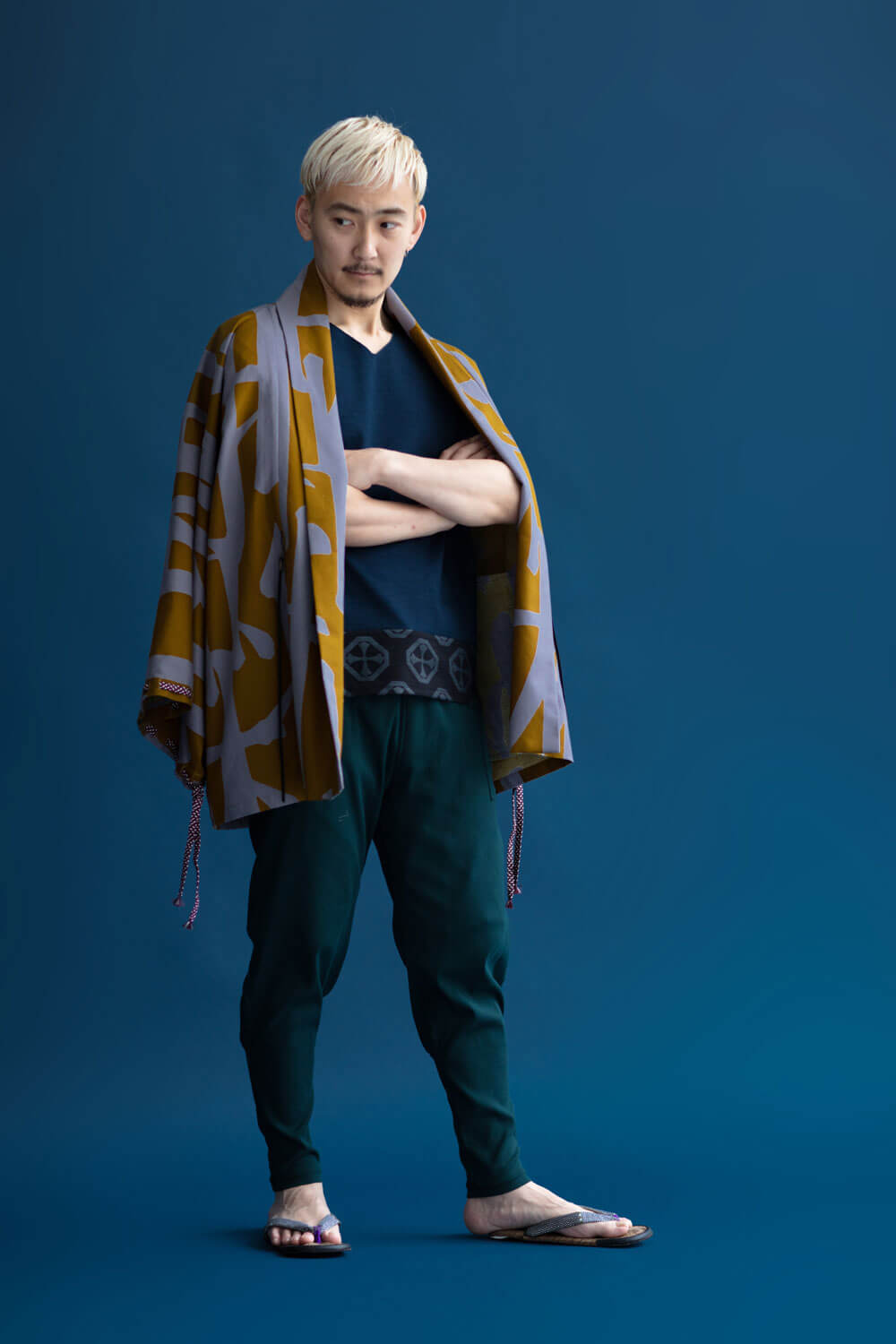
© SOU · SOU
First things first: SOU · SOU, pronounced soso, means ‘yes yes.’ It’s an interjection regularly used by Japanese people during conversations to show interest in what their interlocutor is saying. It’s a Japanese idiosyncrasy to which the brand, founded in 2002 by Katsuji Wakisaka, Hisanobu Tsujimura, and Takeshi Wakabayashi, wanted to pay homage.
Iconic motifs
SOU · SOU’s creations celebrate the quality of traditional Japanese clothing by adding a modern touch. Its childlike, colourful motifs, emblematic of the brand, are designed in a nod to the beauty of the changing seasons. SOU · SOU offers tabi shoes (with two toe segments like those worn by ninja), kimono, furniture, and even snacks (wagashi) inspired by its graphic universe. Everything is imagined and designed in Japan, particularly in Kyoto.
The brand has achieved global success and has even branched out into French streetwear with the collaboration SOU · SOU / le coq sportif, launched in 2008.
More information on SOU · SOU can be found on the brand’s website.
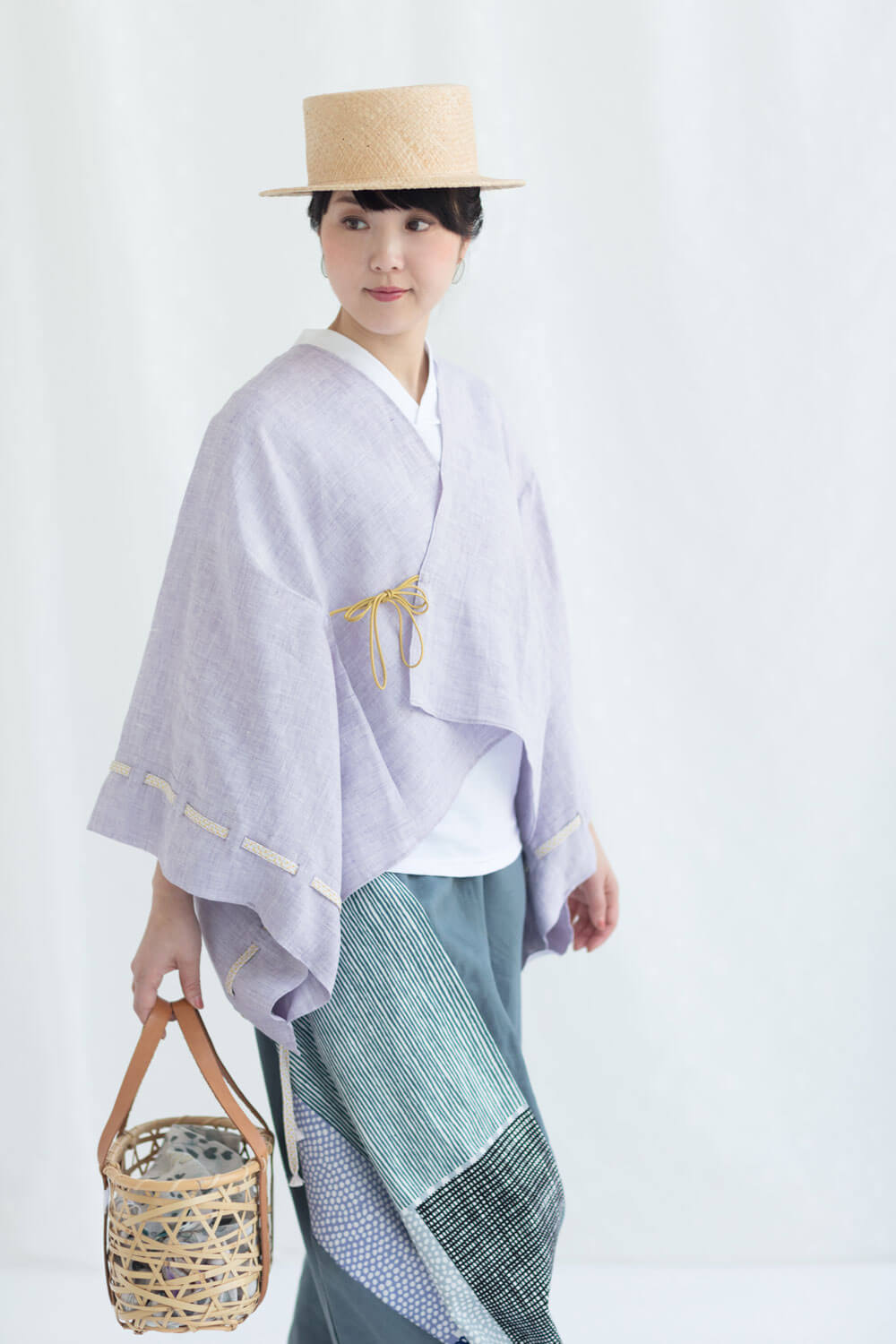
©SOU · SOU
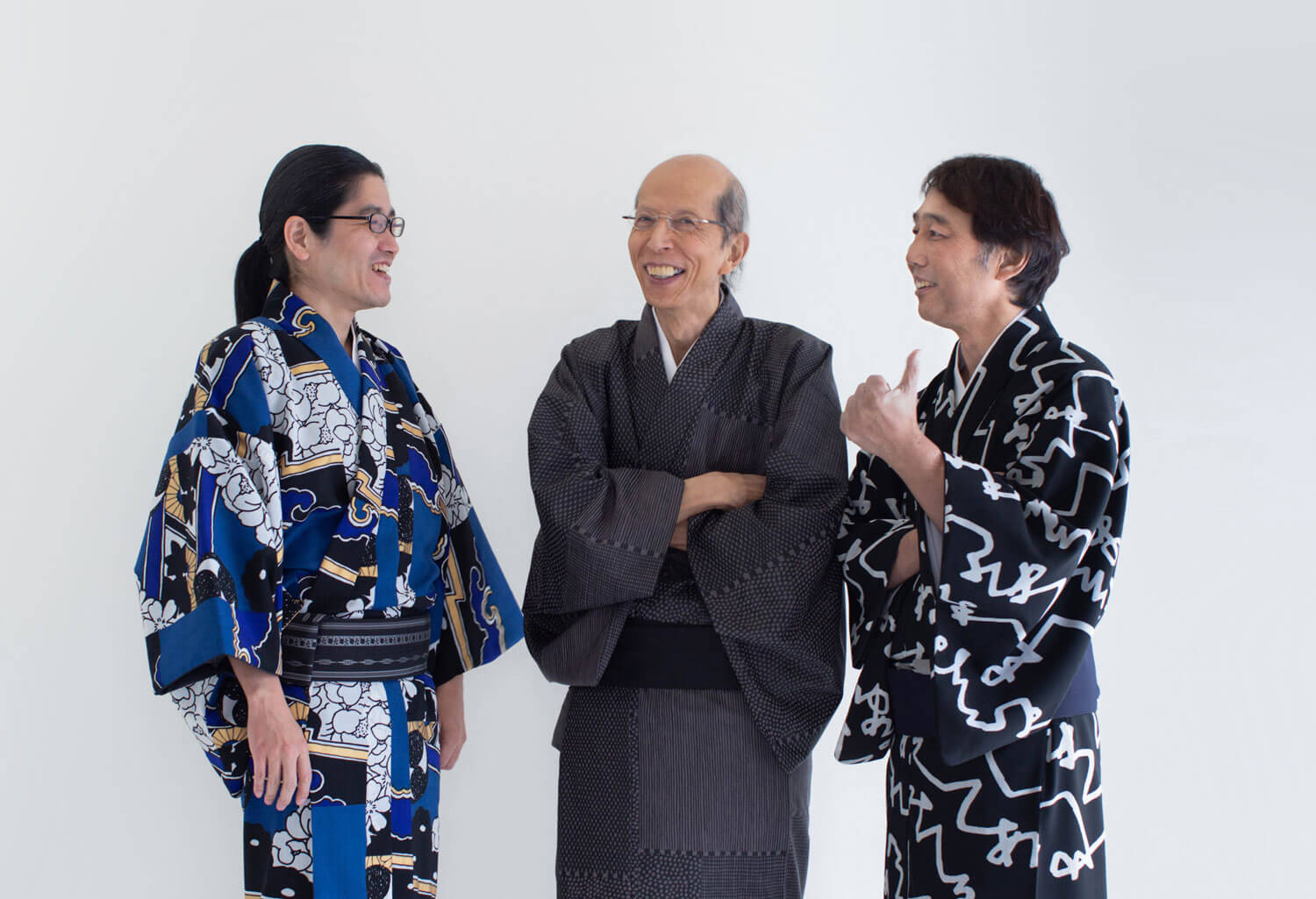
© SOU · SOU
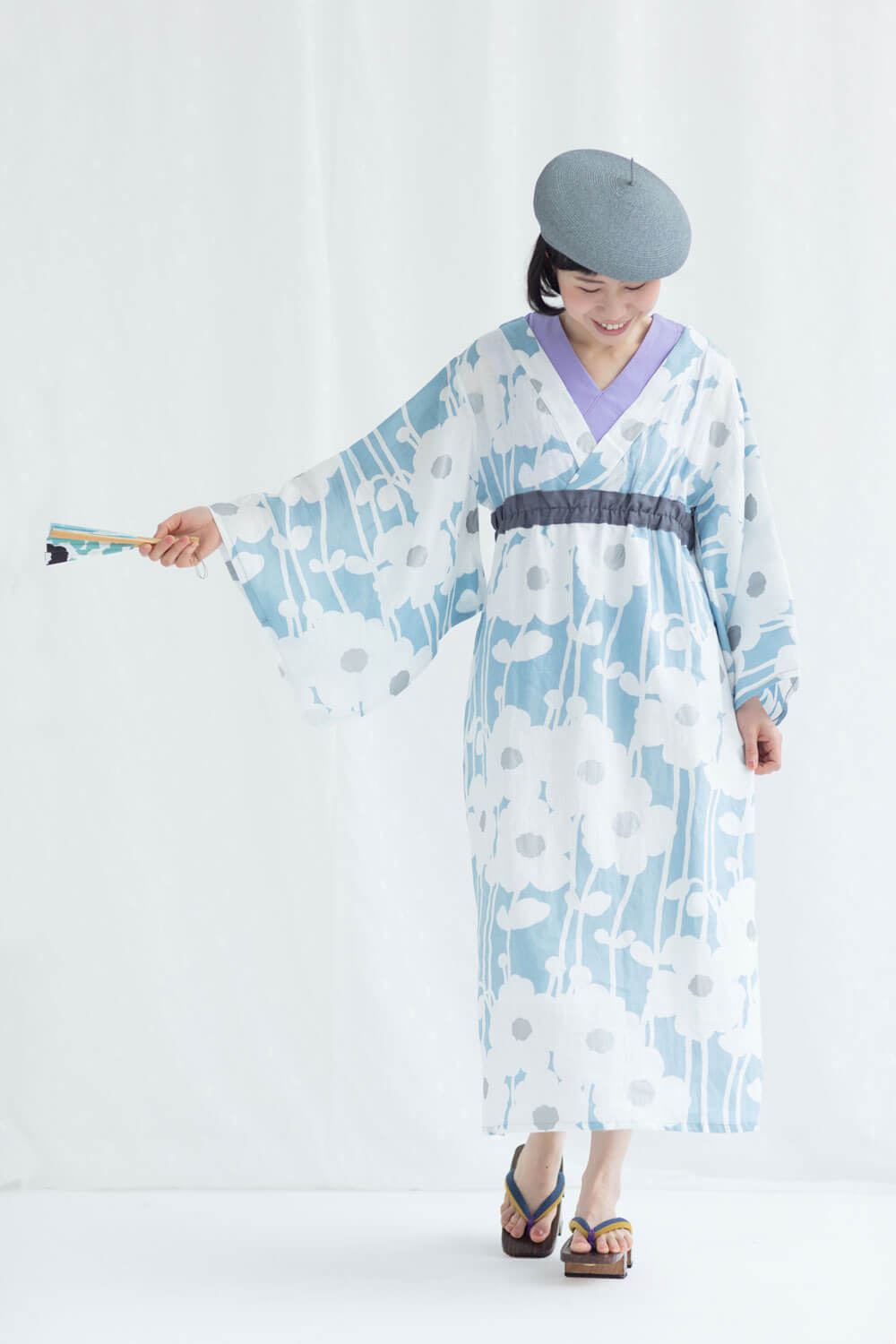
© SOU · SOU
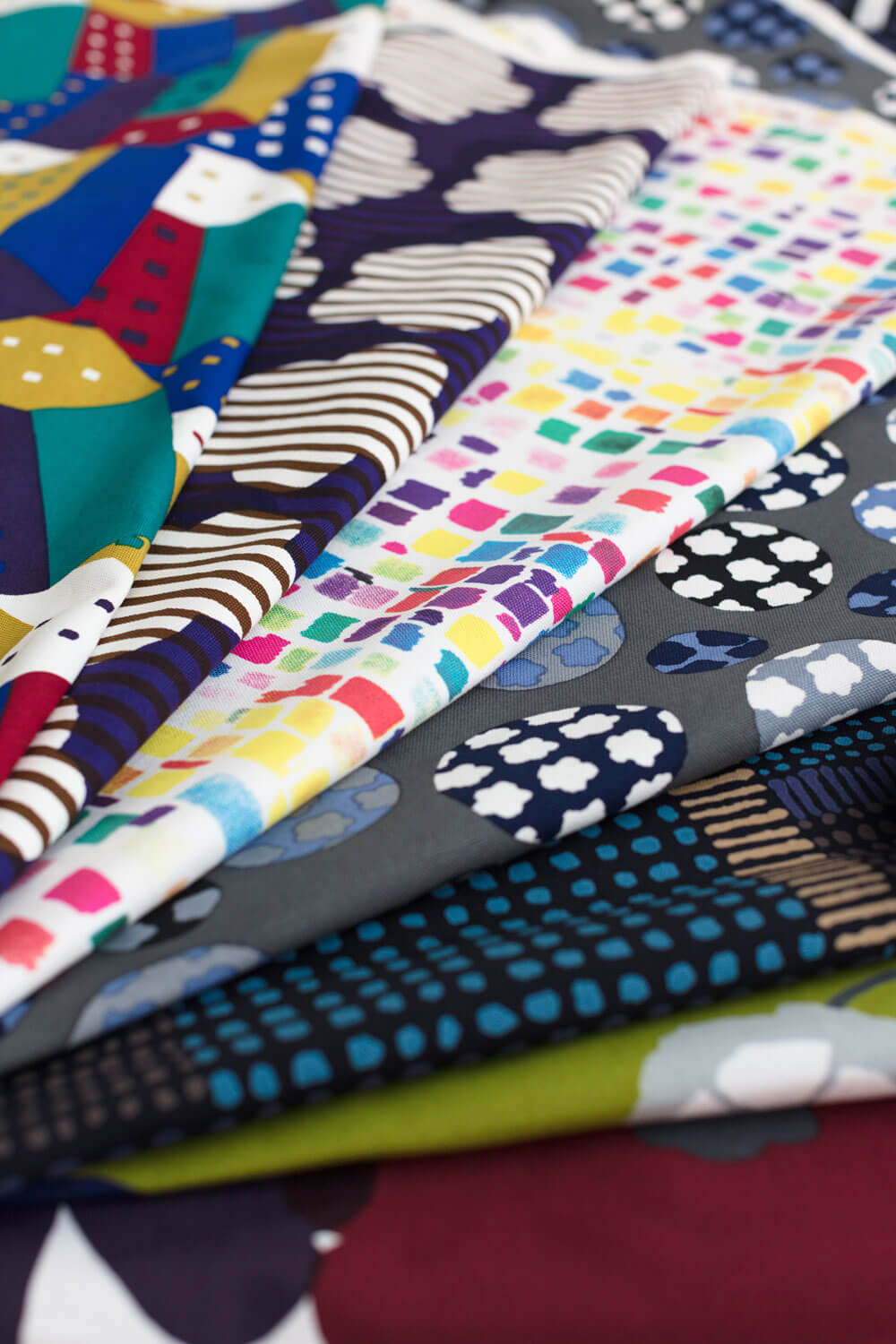
© SOU · SOU
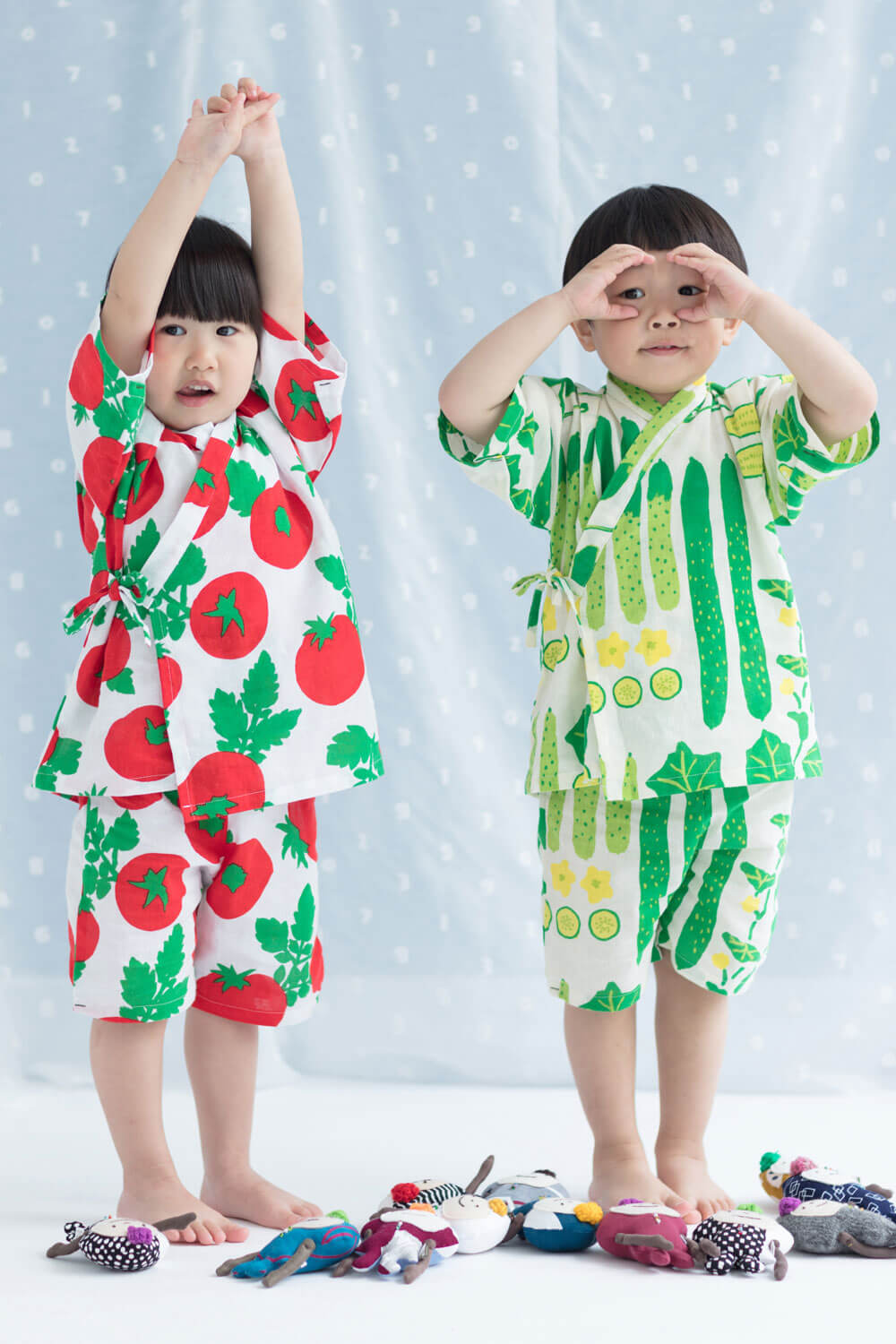
© SOU · SOU
TRENDING
-
The Tattoos that Marked the Criminals of the Edo Period
Traditional tattoos were strong signifiers; murderers had head tattoos, while theft might result in an arm tattoo.

-
‘Shojo Tsubaki’, A Freakshow
Underground manga artist Suehiro Maruo’s infamous masterpiece canonised a historical fascination towards the erotic-grotesque genre.

-
The Story of Sada Yacco, the Geisha who Bewitched Europe
Described by Dazed magazine as the first beauty influencer, she has been restored to her former glory since 2019.

-
Ito Jakuchu's Naturalist Paintings
From 15 September until 14 October 2018, the Petit Palais showcased the artist's iconic ‘Images of the Colourful Realm of Living Beings’.

-
Chiharu Shiota, Red Threads of the Soul
Last year, more than 660,000 people visited the retrospective 'Chiharu Shiota: The Soul Trembles' exhibit at the Mori Art Museum.


